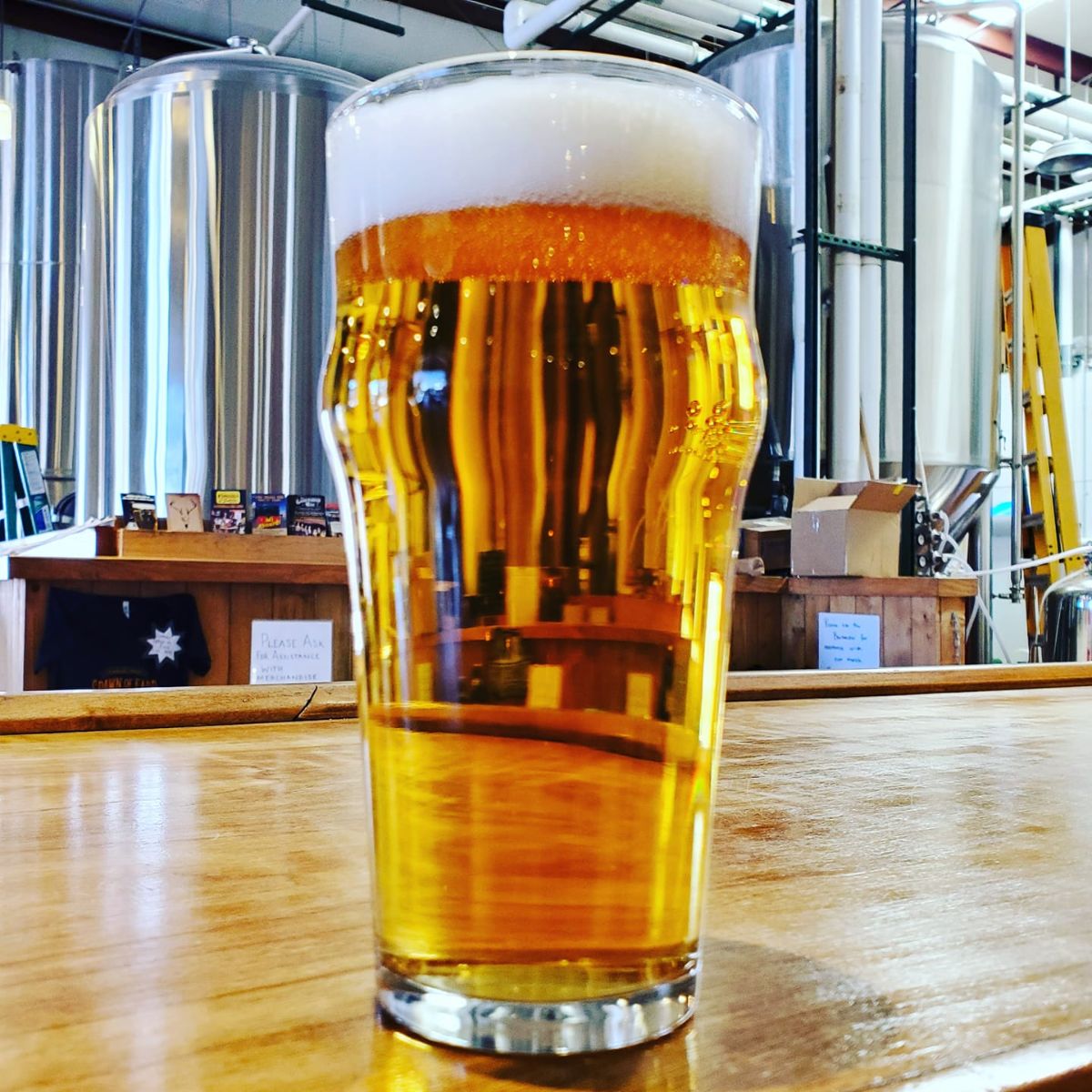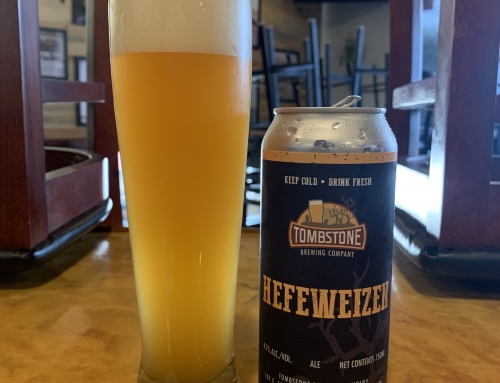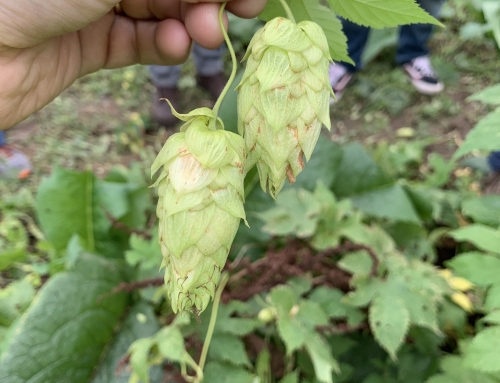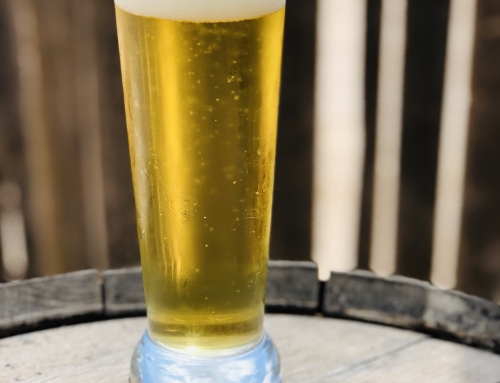If you’ve followed Tombstone Brewing for a while now, you know that although we love brewing hazy IPAs, stouts, sours, and experimental styles, the thing that really gets us excited is brewing classic styles and going all in on the little details to present them in a manner as traditionally as possible. One beer in particular holds a special place in our hearts, and while I’ve spoken to many people who tell me they’ve been drinking our beers since the very beginning, very few remember the first beer we ever brewed, our English Premium Ale.
Back in 2016 when the brewery was about a month out from producing our first batches of beer, Matt and I had just met and decided to work together. Matt had a general idea of the styles of beers that Tombstone would produce and we knew we wanted to be open in time for Helldorado days that year, but we were waiting on our brewing permits to be approved. We knew we would be operating on a really tight window and we might have as little as one week to get a beer from grain to glass. Not a whole lot of styles can be brewed in such a time frame and meet our quality standards. We knew we wanted a beer that would be easy drinking, but that would be more flavorful than a light beer. The answer was to brew a low gravity, English style pub ale.
This was actually a great opportunity for us to learn about water adjustments. That first brew day, we brewed 3 different styles with 3 different water profiles, something I had never had the opportunity to do before that point as a commercial brewer. For the English Premium Ale, we set out to recreate the water profile used by the most famous English bitter brewers, the water profile that brewers had available to them at Burton-upon-Trent as the English Bitter evolved. The Burton brewers were well known for their unique water that is very high in sulfate, calcium, and contains a little bit of sodium. The high sulfate content accentuates hop bitterness and helps hop flavor really stand out, and the high calcium aids in yeast flocculation and provides a slight mineral flavor to the beer. As was the case in many historical brewing regions, the water available to the brewers dictated the brewer’s approach to recipe development and style creation.
Keeping in line with our commitment to going all in when we brew these types of beers, we selected nothing but the highest quality floor malted Maris Otter for our base malt. Maris Otter was first released in the 1960’s in the UK and was immediately prized for its rich malty flavor. Even in beers that use 100% Maris Otter, there is a depth to the malt flavor that no other barley variety can match. This makes it particularly well suited to low gravity beers that you still want to be very flavorful. In the decades since its release, Maris Otter has lost favor due to its relatively low yield per acre and the resulting expense, but small amounts are still available from modern maltsters as well as floor maltsters which use the old method of laying out the steeped barley on a concrete floor, letting it generate heat as it germinates, and turning it manually by hand. We opt for the floor malted version as the traditional malting process amplifies that rich, round malty flavor to another level.
For the hops, we solely use the traditional East Kent Golding. Grown in Kent, the variety was first made available in the 1790’s in Canterbury and is notable for its aromas of lavender, thyme, and spice. The quality of the bitterness is very soft and clean which means that even when brewing at elevated bitterness levels, it does not linger or coat the palate in an unpleasant way. Many people think of EKG as the quintessential English hop variety.
When brewing this type of beer, it can be a challenge to create a beer that has a full body but contains only 4% ABV, retains the malt flavor but showcases the delicate hop flavor balanced with estery English yeast, and uses very minerally water without getting a chalky or sulfur flavor. As always with Tombstone though, we don’t stop with just ingredient selection and recipe development, but we also try to max out the beer’s characteristics with our techniques. In this case, we are releasing our first ever can conditioned beer so that 100% of the carbonation is achieved naturally to adhere to real ale brewing techniques which call for carbonation to occur naturally in the vessel from which the ale will be served. We still want the beer to be very brite despite the conditioning process, so we will be filtering prior to re-dosing yeast and adding priming sugar for conditioning. This should result in a very small amount of yeast that compacts at the bottom of the can well.
Our English Premium Ale will be canned this coming Monday (5/17), but due to the can conditioning process, it will be at least a few days later before the beer is ready for sale. In addition to the conditioned cans, we are very excited to have several casks to serve at Tombstone North in the coming weeks.





I love your IPA, it is a real treat. Keep up the excellent work!
I’m a new fan of your beers, and your English Premium Ale is one of my faves! I hope you keep brewing, you make a lot of thirsty drinkers happy!